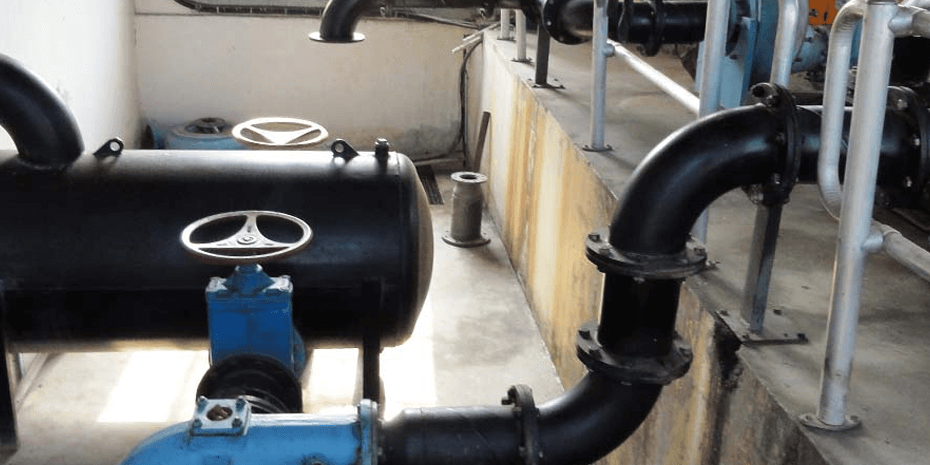Domestic and commercial establishments alike produce sewage waste daily. It is essential for the environment and public health that this waste is filtered or cleaned back to a usable state. It would be remiss to continue our discussion without covering what exactly sewage treatment is.
What is Sewage Treatment
In general, any wastewater discharged from domestic premises or industrial outfit is called sewage. This includes all liquid waste from kitchens, sinks, bathrooms, toilets, anything that has an outlet into a sewer in essence. Now coming to the crux of the matter, sewage treatment refers to the removal of solid waste and other contaminants through physical, biological and chemical means.All sewage treatment aims to produce a harmless effluent that can be released into the environment or sent for further processing to centralized plants. Now let’s get into the process of sewage treatment.
The Process of Sewage treatment
The process of sewage treatment consists of four distinct stages that result in the environment-friendly effluent. They are as follows:
- Preliminary stage
- This process involves screening and grit removal.
- Primary stage
- Involves sedimentation
- Secondary stage
- Activated Sludge or Trickling Filter Phase
- Tertiary Stage
- This process involves disinfection, solids and nutrient removal.
-
So why install a sewage treatment plant in my apartment? - Helps reduce and eliminate water-borne diseases
- Since sewage treatment removes harmful bacteria and other micro-organisms at the source, thereby reducing their prevalence in the environment and the rate at which they multiply. Diseases like cholera will affect far fewer people.
- Environmental concerns
- The global population is expected to rise to a whopping eight billion by 2025, which means an extreme strain on earth’s resources, particularly water. If all apartments were to implement sewage treatment plants, then the situation would be considerably alleviated. That is of the wastewater is adequately treated.
- Economical
- Sewage treatment plants are affordable and can be easily used to improve the residents and the community’s quality of life. Recycled water can be used for washing and cleaning purposes. Additionally, whatever money is invested in the plant will be returned in saving on the water bill.
- Reduced waste output
- By treating the wastewater at source, the impurities are filtered out and the health of the immediate environment is considerably improved, leading to better health for all and longevity of the planet’s life.
- Ground Water Table
- By virtue of it’s purifying properties, wastewater that is not recycled is still cleaned and discharged into the ground or soil. This leads to a healthier groundwater table and healthier groundwater aquifers. This is good both for the environment and the apartment in the long run.
- It’s mandatory
-
If all that wasn’t enough for you, the environmental laws passed in 2016, made it mandatory for all apartments with over 20 units to have sewage treatment plants installed on their premises. The maintenance and upkeep of which would be the responsibility of the flat owners.
From our discussion, we can see that sewage treatment plants are a requirement not just for large industrial complexes as is traditionally envisioned, but also for smaller residences. The benefits of installing a sewage treatment plant are far-reaching and prove to have value for society. Of course, there are immediate benefits like reduced water bills and the availability of recycled water for consumption, among other things. One must remember that our needs are not just looking out for but that of the ecosystem when we install a domestic sewage treatment plant.


